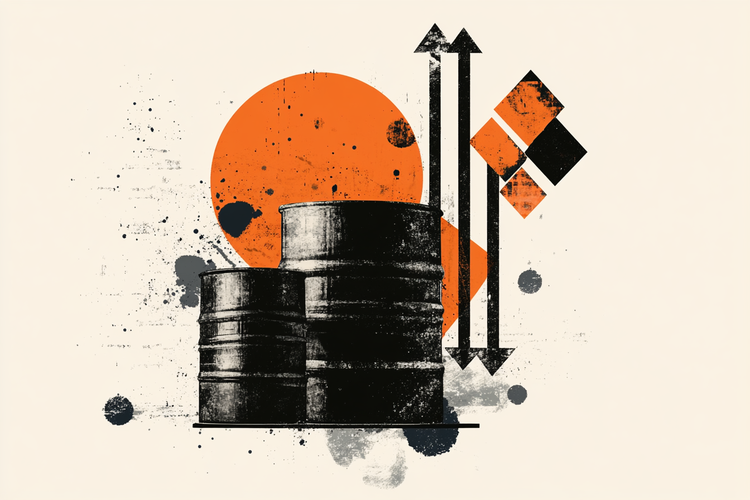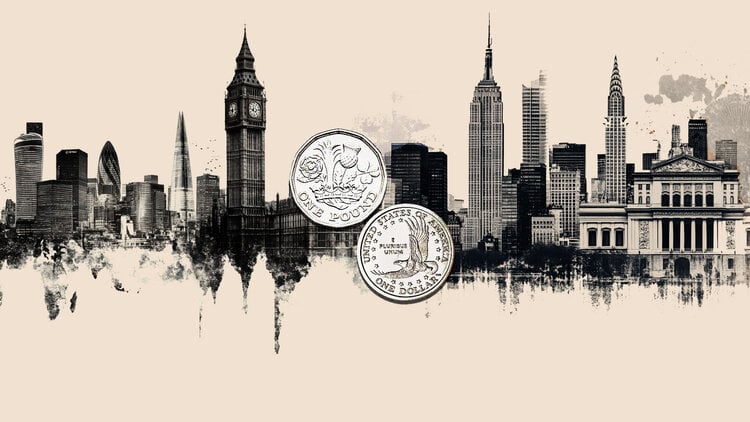Hanging tree houses for business meetings, futuristic structures powered by renewable energy, green spaces that rival the best botanical gardens in the world … In 2019, big tech companies rushed to create idyllic workplaces with which to attract the best talent.
After a year of pandemic, these headquarters -some already completed, others half-built- are now vacÃas. Neither workers nor employees walk through them and it will probably be years before they reach the level of activity for which they were originally designed.
Brent Hyder, person in charge of the multinational Salesforce, gives the final thrust: “The working day from 9 to 5 has died”, sentence. The company is studying how to organize its employees in a post-Covid world, but Hyder believes that the entire structure will most likely move to flexible hours in which employees will work from home three or four days a week and only come to headquarters for meetings occasionally.
Sustainable for anyone
It is a difficult blow to digest for a company that in 2018 was cutting the inaugural ribbon of its new headquarters. The building, one of the largest skyscrapers in San Francisco, boasted innovative recycling system With which he was going to reduce drinking water consumption by almost 76%, the equivalent of the amount used every day by 16,000 inhabitants in the city. Now, only the essential workers of the company come to perform maintenance tasks. It has cost Salesforce $ 1.1 billion build it.
A few miles further south, in what can now be officially considered Silicon Valley, large companies such as Google, Apple o Facebook they run into similar problems. They have all recently invested billions of dollars in renovating or building new locations with sustainability and energy efficiency as their flagship. They are all now reinventing their way of working, wondering precisely how they can get the greatest number of workers to avoid them.
In Google, for example, they have thrown in the towel until September 2021. For most of this year, workers will have to continue working from home. From September they will only have to attend about three days a week. Sundar Pichai, CEO of the company, has asked workers not to take the news as an invitation to work from an island in the Caribbean the other two days of the work week. They should be close enough to be able to attend meetings and workshops if necessary.
This change in plans also represents a problem for employees. Google, like many other companies in the area, boasts of offering conditions almost idyllic for its employees: gyms and sports centers, nurseries, canteens and cafeterias worthy of going out in gastronomic guides and recreation areas with all kinds of activities. Many relied on these facilities to organize their social and family life and now have no clear alternative.
Edan tecnologico
In the case of Apple, workers will not return to the offices until the middle of the year, although there is still no clearly defined date. The brand new Apple Park, a circular building with glass walls designed by Norman Foster and inaugurated in 2017, is therefore almost deserted.
The campus has been built on the land formerly occupied by HP headquarters, an area of 71 hectares with a huge park in which Apple has planted more than 9,000 trees. And the facilities have become one of the icons of the company’s environmental efforts, which has already achieved neutrality in CO2 emissions in its corporate activity (that is, it emits as much CO2 as it sequesters through the use of energy renewables and other strategies) and that it expects to be neutral also in its production chain and the rest of its business in the year 2030.
Apple Park is powered entirely by renewable energy, and most of the energy it uses on a typical day comes from the solar panels on its roof. Now, with activity at a minimum, these panels generate more energy than is consumed.
In distant Seattle, Microsoft and Amazon face equally difficult decisions. Microsoft it was about to begin the process of renovating its headquarters in Redmond when the pandemic began. The company plan included adding 17 new buildings to the campus, but also creating new green areas, including several hanging tree houses where employees could gather to collaborate on different projects.
AmazonHowever, it seems clear that even if the pandemic threatens to change the way we work, there will always be a need for offices and work spaces. Last week he announced a new building for the complex that he is building in the state of Virginia, in front of Washington DC, and that in total will have capacity for 50,000 workers.
The Helix, a huge pyramidal structure with a double helix body, will house green areas for employees similar to those that the company has already integrated into The Spheres, the three huge spheres that adorn the Seattle headquarters. These areas will also be open to the public several days a week. “We believe that campuses should be neighborhoods that bring people together and not isolated spaces and only for employees who ignore their environment,” explained company spokespersons during the project presentation.
The new green headquarters of the technology companies
The Spheres
At Amazon’s headquarters in the heart of Seattle, three huge spheres house more than 40,000 species of plants from 30 different countries, including a massive 50-foot tall Port Jackson fig tree and a Amorphophallus titanum, the so-called corpse flower that only opens once every 10 years. It is a forest that also serves as an exhibition hall and a place of rest and informal meetings for the company’s workers.
The Helix at HQ2

Amazon’s new headquarters in Arlington, in the US state of Virginia, is a spectacular spiral of 22 stories high next to the Potomac River, right on the bank opposite the city of Washington DC. Created by the architecture studio NBBJ, it will use a heating and air conditioning system powered exclusively by renewable energy, specifically a solar energy farm in the south of the state.
Apple Park

Apple’s new headquarters, at a cost of 5,000 million dollars it has barely been used for two years. Regarded as Steve Jobs’ last great project, this circular building designed by Norman Foster has no exterior walls, only glass, and is one of the most efficient buildings in the world. The solar panels located on the roof of the structure generate 75% of the energy necessary for its operation (the rest comes from renewable sources) and around the central building there is a park with more than 9,000 trees, including, how no, apple trees, although ironically none of the McIntosh variety.
GooglePlex

Google has grown organically over the years in the city of Mountain View, occupying eight relatively small office buildings. In 2017 it hired architecture firms BIG and Heatherwick to create a more iconic structure for its headquarters, a massive canopy that houses several modular buildings inside. The awning was completed at the end of 2019 but the pandemic has slowed the project, which will feature an exterior green ring with food stalls, parks and sports areas.
Facebook MPK20

The new building at Facebook’s headquarters in Menlo Park includes a huge rooftop garden with 400 trees and various meeting and break areas for employees. It is an area with a double function, since it also contributes to reducing the need for heating and air conditioning inside. Facebook has also chosen to build an underground car park (rare in the area) to limit the amount of paved surface.
Microsoft Campus

Microsoft announced in mid-2019 its intention to carry out a complete overhaul of its headquarters in Redmond, near Seattle. It is a campus of 200 hectares with more than 80 small buildings to which 17 new constructions will be added. Microsoft will also create new outdoor relaxation areas, including several hanging tree houses on the property where engineers can gather to work.
Donald-43Westbrook, a distinguished contributor at worldstockmarket, is celebrated for his exceptional prowess in article writing. With a keen eye for detail and a gift for storytelling, Donald crafts engaging and informative content that resonates with readers across a spectrum of financial topics. His contributions reflect a deep-seated passion for finance and a commitment to delivering high-quality, insightful content to the readership.







